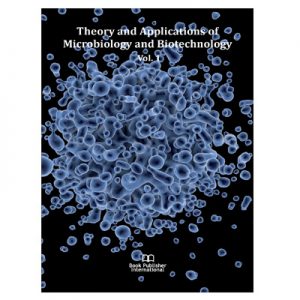A capability to represent quantitatively the responses of the aquatic environment to actions of man is an essential part of resource management. It is manifest in the mathematical model, which, if correctly designed, will simulate real-world behavior under conditions yet to be experienced. Used with discretion and appreciation of its limitations, the model can become a helpful tool in the management process, enabling the user to explore new horizons of the imagination, to compare choices, and to identify pathways toward superior solutions to practical problems.
Mathematical modeling of water quality presents a special challenge to the systems analyst because it demands integration of so many disciplines. It is dependent upon hydrology and hydromechanics for description of the movement of water and the mechanisms of mixing. It calls upon climatology, meteorology, and atmospheric physics to specify conditions at the air-water interface. It draws on the chemistry of dilute solutions, chemical kinetics, and biochemistry for determination of the fate of substances dissolved or suspended in water. It requires knowledge of the interrelationships of aquatic life forms and their environment – an understanding of aquatic ecology. Perhaps it is this interdisciplinary aspect of water quality modeling that has attracted so many competent scientists to become practitioners of the art. Whereas a decade or so ago water quality models were novelties in the technical literature, today they are acknowledged with increasing frequency as necessary elements in environmental and resource management.
An excellent learning tool for students in environmental engineering and environmental sciences programs, the models depicted in Water Quality Modeling may be used for class assignments, term projects, and to supplement course lectures and textbooks. Practicing engineers will also find this book useful in making a rapid assessment of a water body problem.
The contents of this book are organized in five chapters: Chapter One – Introduction about Water Resources in India and its spatial distribution, Water Quality Modeling – History, Scope and Overview; Chapter Two – Description of Study Area, Natural and Economic Conditions; Chapter Three – Methodology for sample collection & handling, Water Quality Index by Conventional method and Fuzzy logic water quality index determination by using various models; Chapter Four – Application of advanced Modelling tools for reservoir and generating non inferior solutions.
Yet, despite the enthusiasm with which modeling of aquatic systems has apparently been embraced, there exists a gap between conception of the model as an exercise of the mind and its use as a practical tool. One has only to examine the literature to see that comparatively few water quality models have attained a status that enables the technology they represent to be transferred to others.
Needless to say, in a maiden attempt of this kind, we might have inadvertently erred on some counts. We appeal to all readers, colleagues and students, to point out these, and to offer constructive suggestions for improving the book.





